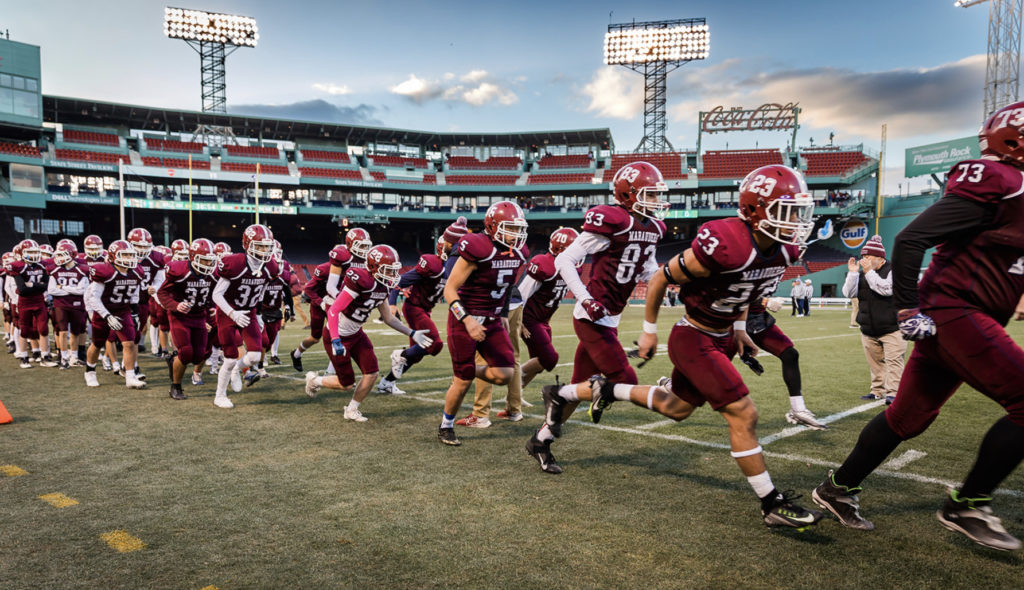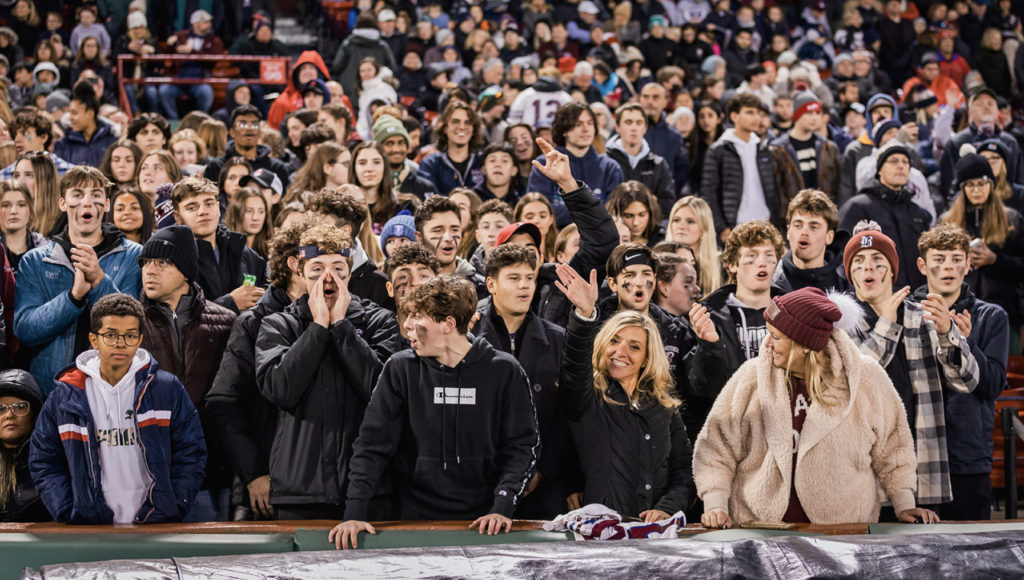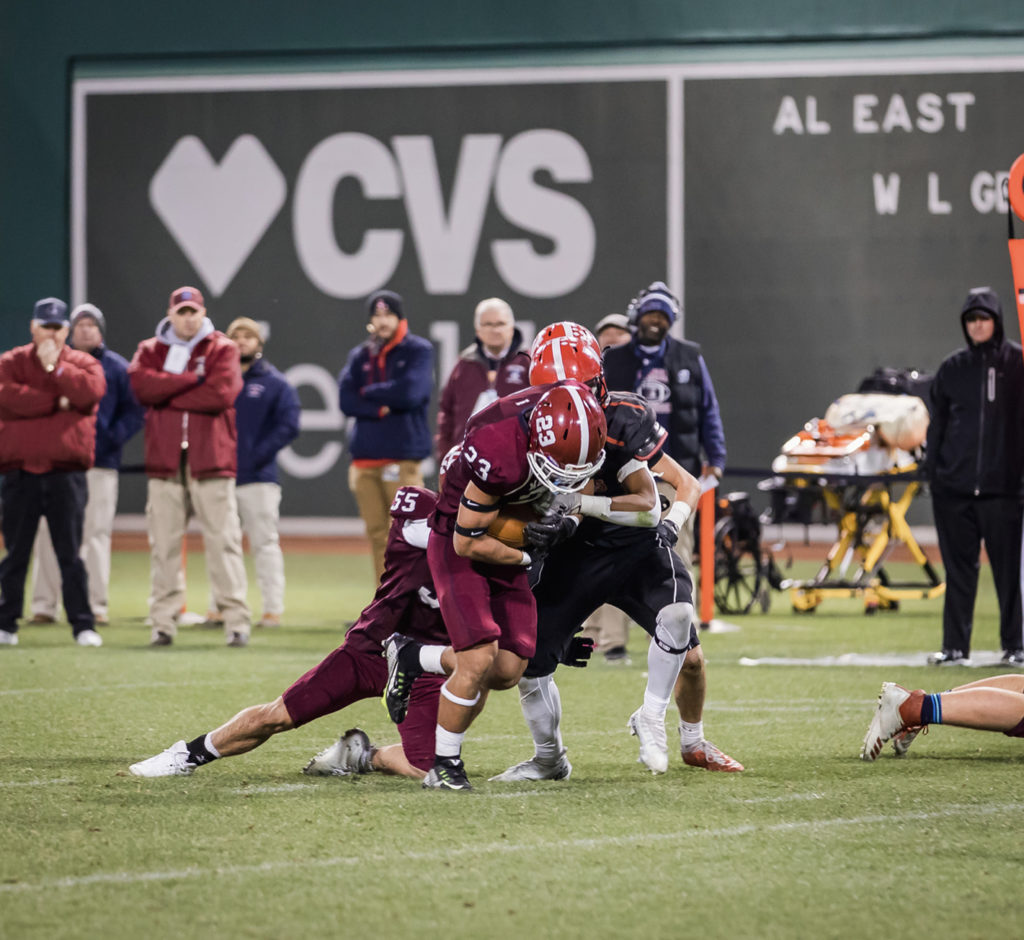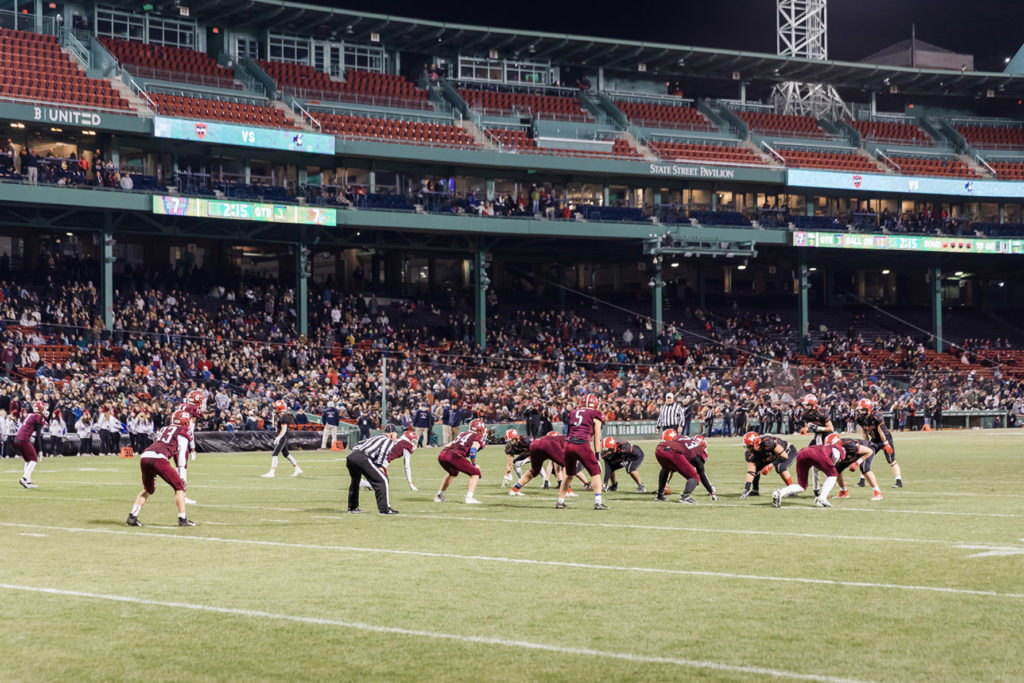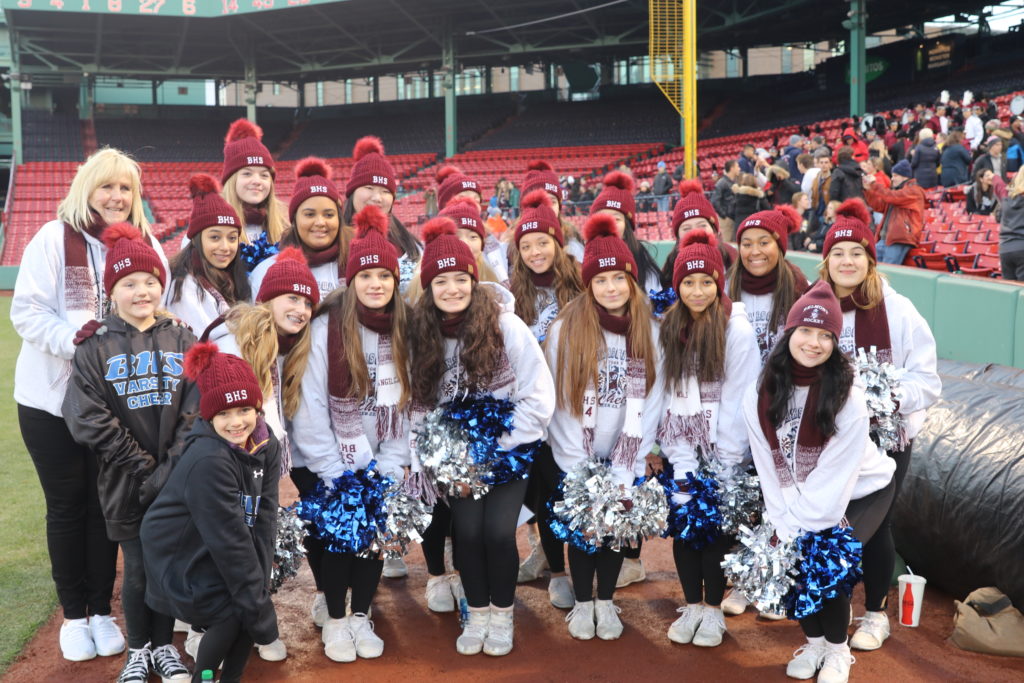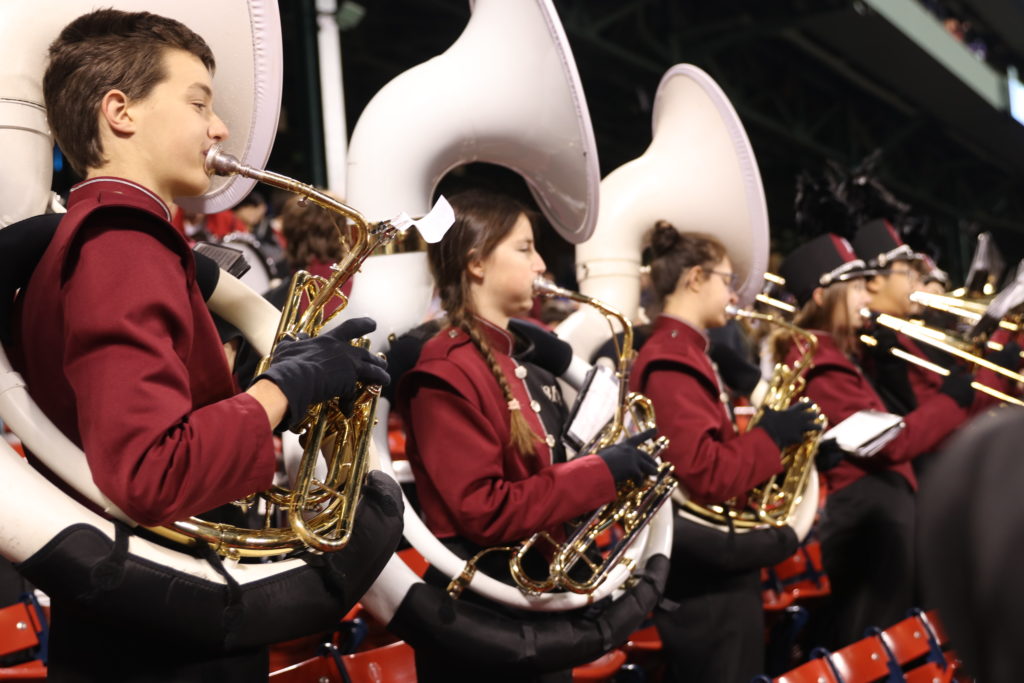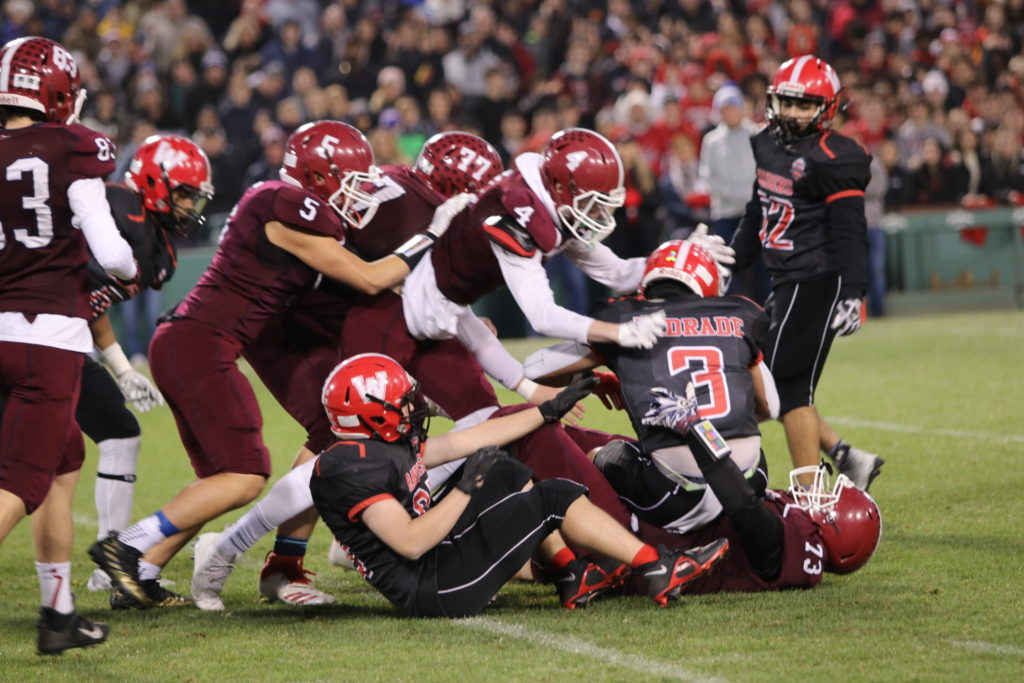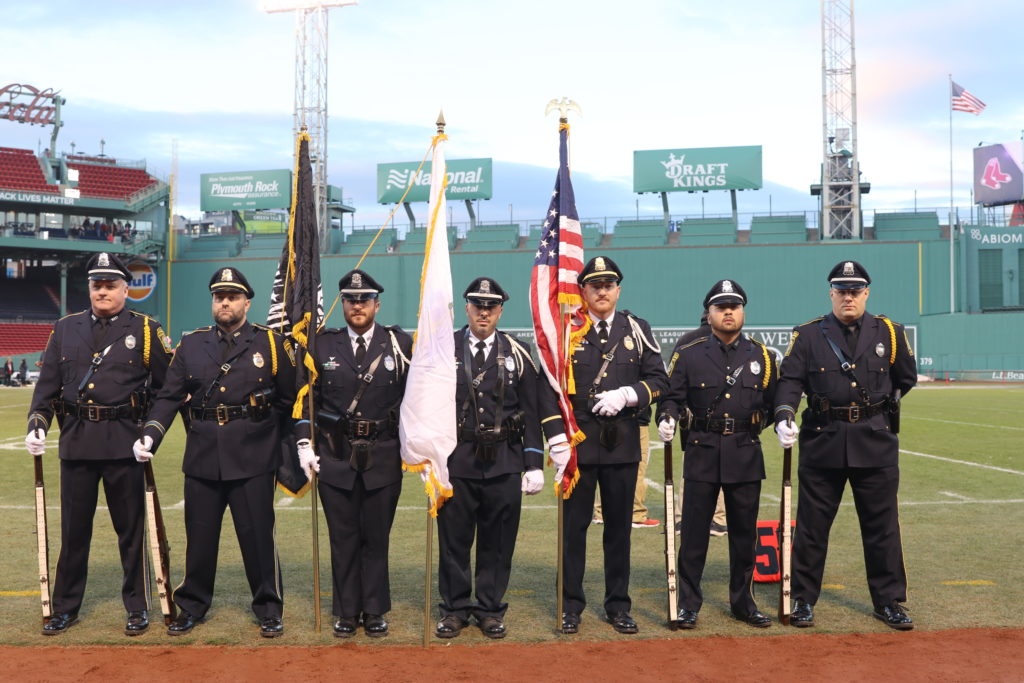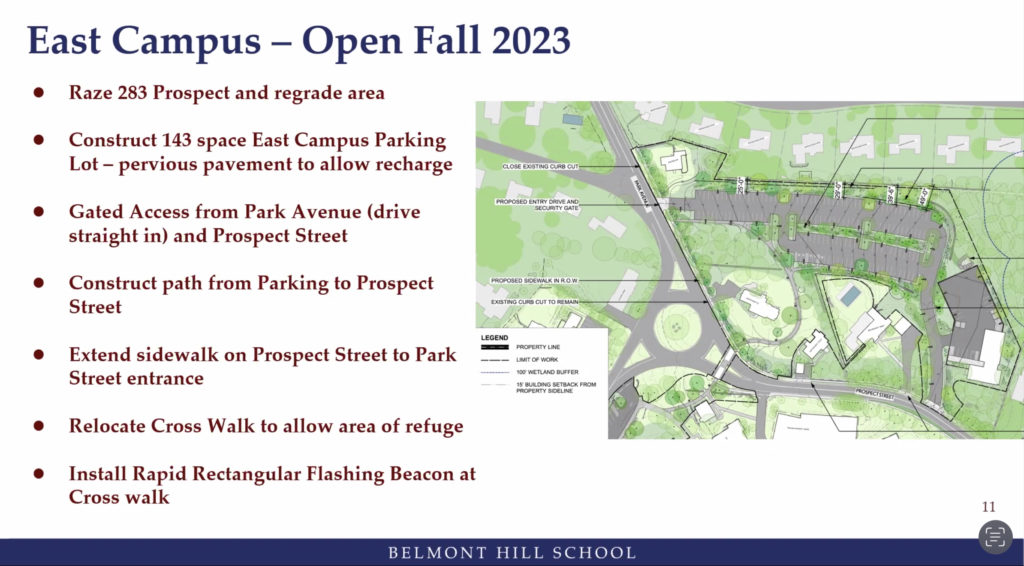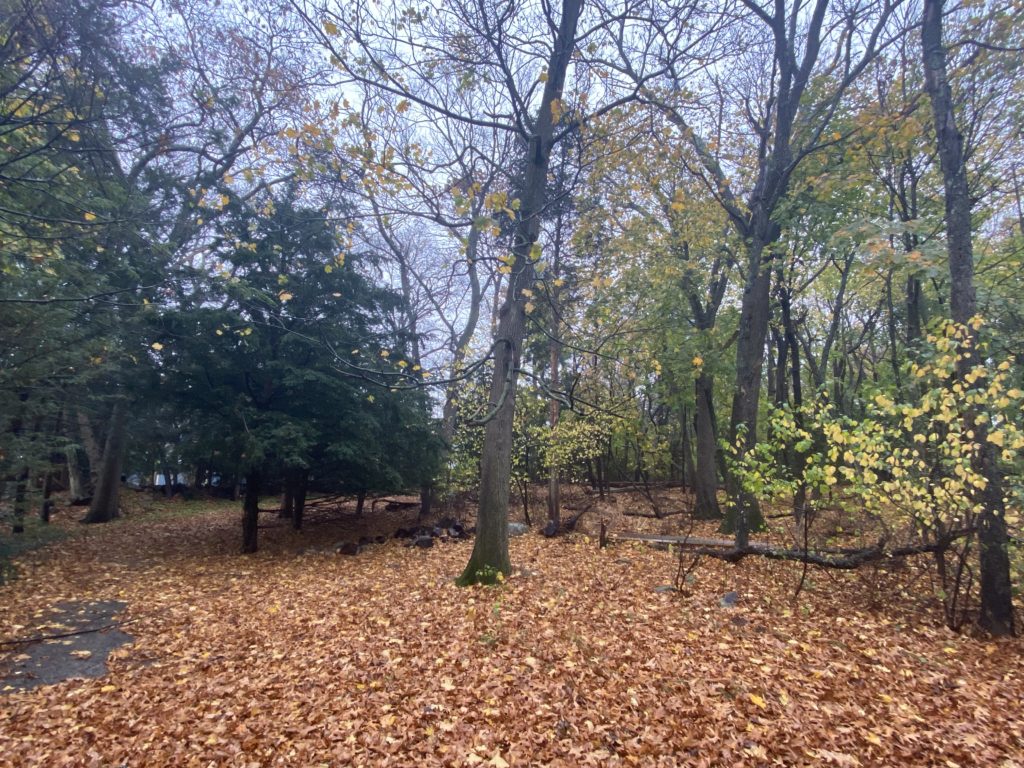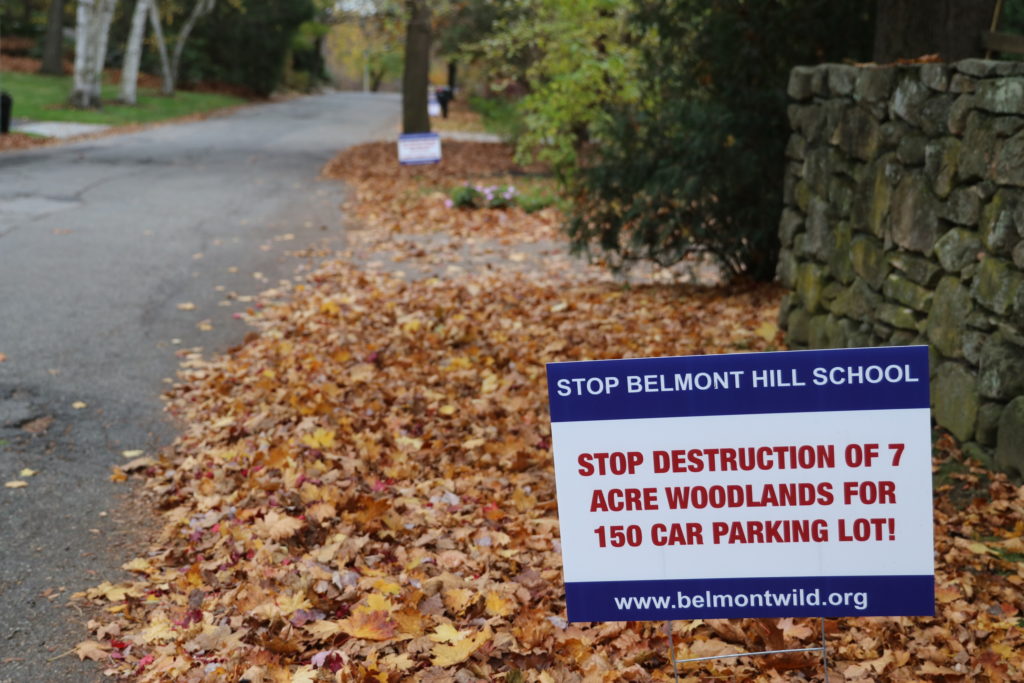Photo: Photo: Pfizer Covid vaccine (credit: Pfizer)
Just before the start of the Winter Recess when families head off to travel and attend family reunions, give yourself a boost of protection from the worst of Covid and the flu. The Belmont Health Department is offering a two-fer: vaccinations and bivalent boosters for Covid-19 and a seasonal flu shot to all eligible residents, ages three and older, on Thursday, Dec. 15 from 10 a.m. to 1 p.m. at Beth El Temple Center, 2 Concord Ave.
What to know about the clinic:
- Primary vaccine series for anyone ages 3+
- Bivalent booster of Pfizer (5+) or Moderna (6+) COVID vaccine for anyone who has completed a primary vaccine series of any authorized or approved COVID-19 vaccine at least 2 months after last dose or last booster dose
- Flu shots will be available for ages 3 and up
- Find full guidance on booster eligibility here.
Register for a vaccination appointment HERE.
Please bring your insurance (medical and prescription) and COVID-19 vaccination cards to the clinic.
- COVID vaccines are free for all regardless of insurance coverage
- Insurance is required for flu vaccines
- For those covered by Medicare, please bring your red, white, and blue Medicare card in addition to any other insurance cards.
Please present insurance cards, photo ID, and vaccination cards at your appointment.
This clinic will be operated through a partnership between VaxinateRX and the Belmont Health Department. The Pfizer and Moderna vaccines will be available.
Having difficulty registering? Call 617-993-2720 or Email: Lsharp@belmont-ma.gov for assistance
